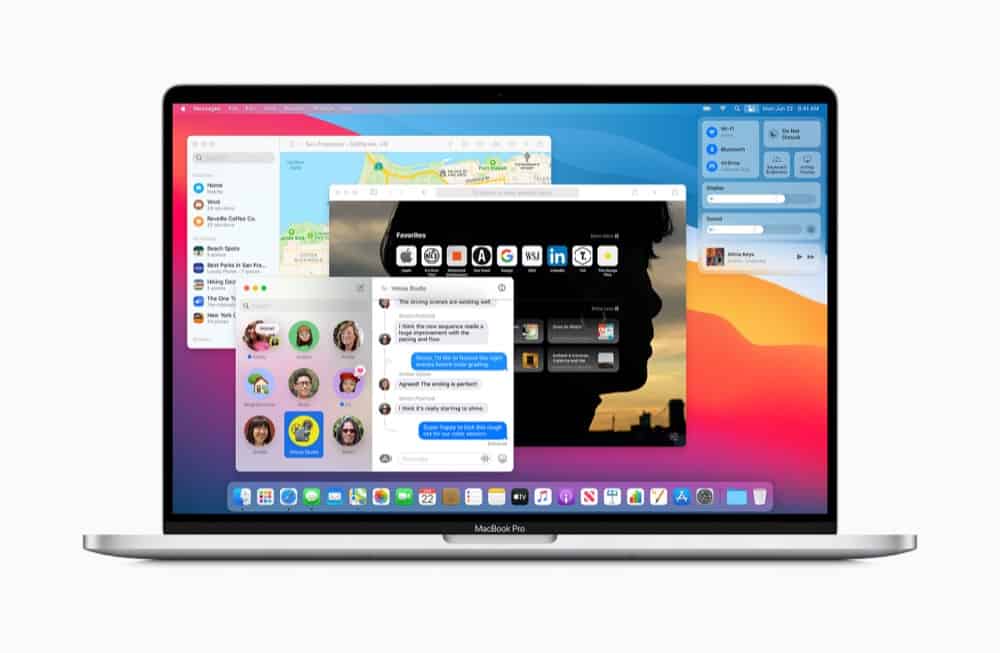OS X's ioctl cannot return numbers other than 0 or -1, so we look in errno; The FD functions do not create new FDs, so you have to set the return value to the current fd in userspace. Consequently, only one VM and CPU are allowed per open of /dev/kvm. The ioctl's with a 0 length array as the last parameter have to also pass in their user space.
- Google Chrome for developers was built for the open web. Test cutting-edge web platform APIs and developer tools that are updated weekly.
- The program will start to download the recovery os, you can check in at gibMacOS-master macOS Downloads publicrelease 061-70033 - 10.15.5 macOS Catalina Now Run the MakeInstall.bat for Windows or BuildmacOSInstallApp.command for Mac.
- Benefits of starting fresh on Mac OS. I’ve spent six and a half years w o rking for Apple doing external customer support, as a Senior Advisor, and also spent some time on the internal support side. I’m bringing it up because unequivocally the best possible Mac OS cure-all is Erasing and Reinstalling a fresh copy of your Mac’s operating.
Since the release of System 1 in January 1984, Apple has played an integral role in designing and implementing the graphical user interface (GUI) as we know it.
With the announcement of OS X Mountain Lion this week, Apple is continuing the process it started with Lion by streamlining the connection between the Mac and iOS.
We wanted to take a look at some of the biggest changes in the history of the Mac Operating System over the last 28 years. Looking back, I can't help but be struck by how many elements of the original Macintosh OS are still there more than 30 years after the project started taking shape.
Who (zor Dev) Mac Os Catalina
It's a testament to the work of Bill Atkinson, Andy Hertzfeld, Bud Tribble and the other members of the original Macintosh team that so many aspects from System 1 have become integral to personal computing as we know it today.

There are a few phases in the evolution of the Mac OS that are of particular note. System 7 was the longest-running release for Apple (until OS X); it shipped with all Macintosh machines from 1991 to 1997. If you're in your mid-to-late 20s and used a Mac in elementary or middle school, chances are it was running some iteration of System 7.
One of the many challenges Apple faced in the 1990s was figuring out a new operating system strategy. As revolutionary as the original Mac OS work was, by 1994 it was starting to look stagnant and stale. This was especially true after the first release of Windows NT in 1993, which cemented Microsoft's place in the corporate and enterprise space.
After the Copland project was cancelled in 1996, Apple was left to search for an operating system it could acquire. That led to the purchase of NeXT and its NeXTSTEP operating system.
Not only would NeXT technology serve as the foundation for the future of Apple as it is known today (OS X and iOS are direct descendants of NeXTSTEP), it was responsible for bringing Steve Jobs back to Apple.
It would end up taking ten years from the beginning of the search for a next-generation Mac OS. But the hunt finally reached its quarry with the release of Mac OS X in 2001. But it would take until Mac OS X 10.2 (Jaguar) before the system was really able to hold its own.

Over the last decade, OS X has evolved into a powerful desktop and server platform — while also serving as the core for iOS. With OS X Mountain Lion, Apple is bringing more of the elements and features of its mobile OS to the desktop.
Who (zor Dev) Mac Os X
Vintage computer fans who want to take a look at more screenshots of classic Mac OS versions should check out Marcin Wichary's GUIdebook Gallery and Nathan Lineback's collection of GUI history.
Gallery created by Chelsea Stark